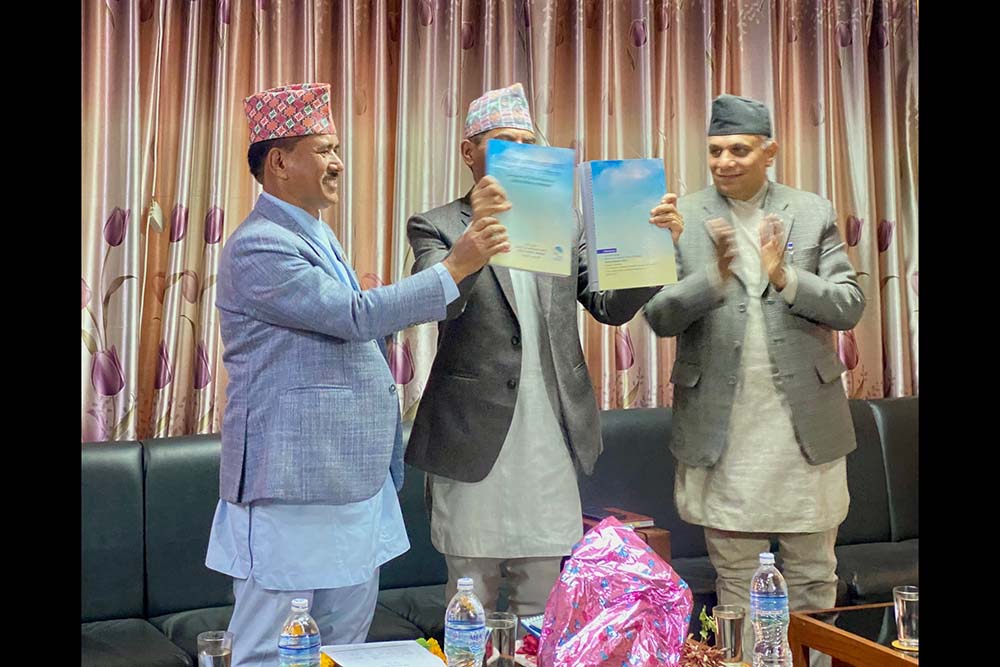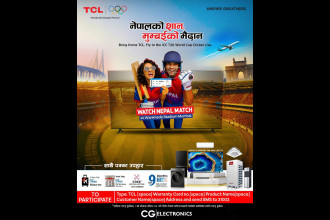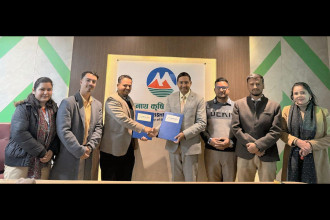
KATHMANDU: National Statistics Office today launched the Degree of Urbanisation in Nepal report prepared by adopting the Degree of Urbanisation (DEGURBA) methodology, to classify Nepal’s settlements at the ward level into Urban, Peri-Urban and Rural areas based on the threshold of population, population density, rasterised built-up area and contiguity of the characteristics.
The DEGURBA classification results for 2011 and 2021 Census data, contextualised in Nepal using three categories, show that the urban population has significantly increased from 22.31 % to 27.07% between 2011 and 2021. Likewise, the peri-urban population has also increased from 39.19% to 39.75%. Further, the rural population has decreased from 38.5% to 33.19% in the last 10 years.
According to the report, majority of the population still resides in peri-urban areas that are regarded as ‘urban’, while in character urbanising. Yet, the rural population is still one-third, while based on the trend, the migration from rural areas to peri and urban areas provides an insight into pressure on the urban areas to accommodate and for the rural areas to retain the population.
Further, based on the distribution of three-category classification in the ecological region, the rural population is concentrated in the Hill (66%) and Mountain regions (16%). Peri-urban population is concentrated in the Tarai region (85%) and urban population is concentrated in the Hill region (53%), which is skewed due to Pokhara Metropolitan and Kathmandu valley, followed by the Tarai region (39%).
The analysis of the three-category classification result against the municipalities demonstrates that in the rural municipalities, 58% of the population is in the rural cluster within 2,412 wards, while 36.1% is mostly in peri-urban areas (664 wards) and 5.9% of the population in the urban areas (139 wards).
In urban municipalities, only 28.4% of the population is in urban areas (591 wards), the majority that is 46% are in the peri-urban areas (1,285 wards) and still 25.4% in the rural cluster within 1,244 wards.
Similarly, in sub-metropolitan cities, 39% of the population is in peri-urban areas and 53% are living in urban categorised areas.
Likewise, in metropolitan cities, 17% are in peri-urban areas, 2.3% still in areas of rural characteristics and 80.7% in urban areas. The comparison indicates in urban municipalities, the main characteristic of the settlement is still peri-urban and a significant population in the rural landscape.
The total number of wards in rural municipalities is higher (3,685) when compared to the urban and peri-urban areas, noting it contains only 33% of the total population.
The population, when classified at the provincial level using the three-category classification, shows that the distribution of urban and peri-urban population (total 66.8%) is relatively skewed. The highest population concentration is in Madhesh Province (19.9%), followed by Bagmati Province (14.6%) and the lowest in Karnali Province (1.2%).
The data shows an imbalance in the distribution of urban population with the highest concentration in Tarai province — in Madhesh and Lumbini. In Madhesh province, the majority of the wards (971) are of peri-urban characteristics. Bagmati is the second most urban province, where there are 672 rural wards in comparison to 449 wards in peri and urban areas. In Karnali province, 637 wards are of rural characteristics with 75 wards of urban and six of peri urban characteristics.
In accordance with the Nepal Constitution, with the restructuring of the state into a three-tiered government, Nepal comprises 753 local units or municipalities. Among them, 293 are urban municipalities (including metropolitan and sub-metropolitan cities) and 460 are rural municipalities.
In the current context, with the categorisation of the urban municipalities, metropolitan and sub-metropolitan cities as urban areas, the difficulty in policy formulation is apparent. The predominance of areas with rural characteristics within metropolitan, sub-metropolitan, and urban municipal areas and on the other side, the expansion of market centres in rural municipalities as small towns, underscore the necessity to contextually analyse and further redefine the dimensions of urbanisation in Nepal.






-1766135582.jpeg)